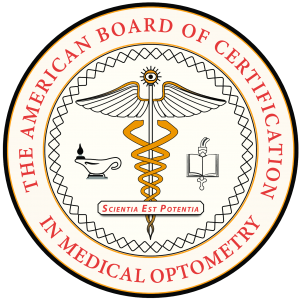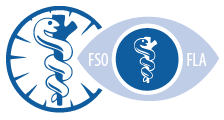
Conditions
Dry Eye
The Harman Eye Clinic and Edmonds Eye, MD has the most advanced dry eye specialty clinic in the area
Dry eye is a common condition in which the eyes are insufficiently lubricated, leading to itching, redness and pain. The eyes can become dry and irritated because the tear ducts are not producing a sufficient number of tears, or because there is a chemical imbalance in the tears themselves. Natural tears require a particular chemical balance to lubricate the eyes efficiently.
Alleviating the symptoms of dry eye is important. Left untreated, they have the potential to damage vision. Dry eye can be diagnosed after a thorough examination of the eyes, and a Schirmer tear test to evaluate tear production.
Causes Of Dry Eye
People usually begin experiencing dry-eye symptoms as they age (they are more common in people older than 50), but they can also result from certain medications, medical conditions or injuries. Dry eye tends to affect women more than men because of the hormonal changes that take place during pregnancy and menopause. Oral contraceptives can also affect the consistency of tears. Other causes of dry eye include the following:
- Antihistamines, decongestants and blood-pressure medications
- Rheumatoid arthritis, diabetes, Sjögren’s syndrome and thyroid disease
- Environmental conditions such as smoke, wind or excessive sun
- Long-term contact lens use
- Eye injury
- Eye or eyelid surgery
- Inflammation of the eye (conjunctivitis or keratitis)
Any of these factors, alone or in combination, can affect the frequency or consistency of tears, either of which can lead to dry eye.
Symptoms Of Dry Eye
The symptoms of dry eye typically occur in both eyes, and include the following:
- Stinging, burning or scratchiness
- Eye fatigue
- Sensitivity to light
- Difficulty wearing contact lenses
- Excessive tearing
- Blurry vision
Dry eye can damage eye tissues, leaving tiny abrasions on the surface that can impair vision. There are, however, many treatments for relieving dry-eye symptoms, restoring eye health and protecting vision.
Treatment Of Dry Eye
Treatment for dry eye depends on its cause and severity, as well as the patient’s overall health and personal preference.
Treatments
Nonsurgical treatments, which include the following, are often effective:
- Deliberately blinking
- Increasing humidity levels at home or work
- Using artificial tears or a lubricating ointment
- Avoiding environmental irritants
- Eliminating medications that may be responsible
- Adding Omega-3 fatty acids to the diet or taking them as supplements
In many cases, simple lifestyle changes can alleviate dry-eye symptoms.
Advanced Treatments
If less traditional methods are unsuccessful, advanced treatments, which include the following, may be an option:
- Punctual cautery to permanently close the drainage holes
- Insertion of punctual plugs to limit tear drainage
- LipiFlow® Thermal Pulsation System
If an eyelid condition is causing dry eye, eyelid surgery may be recommended.
If dry eye is left untreated, it can lead to complications that include pain, corneal ulcers/scars or vision loss.
Preventing Dry Eye
There are steps that can be taken to prevent dry-eye symptoms. Simple lifestyle modifications such as wearing protective glasses on windy days, and giving the eyes a break during reading or other tasks that require intense focus, can effectively reduce the frequency and severity of symptoms.
More Information
Find more information in our comprehensive Dry Eye Brochure.
Request An Appointment
Simply fill out this form and we will get back to you shortly.








